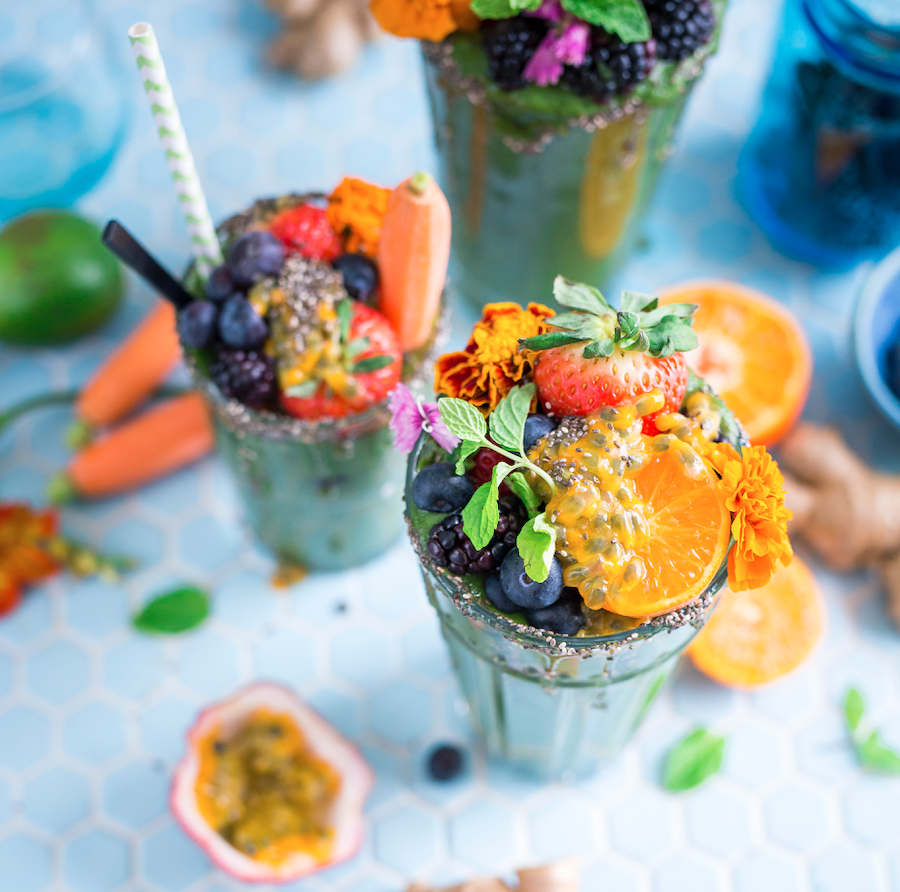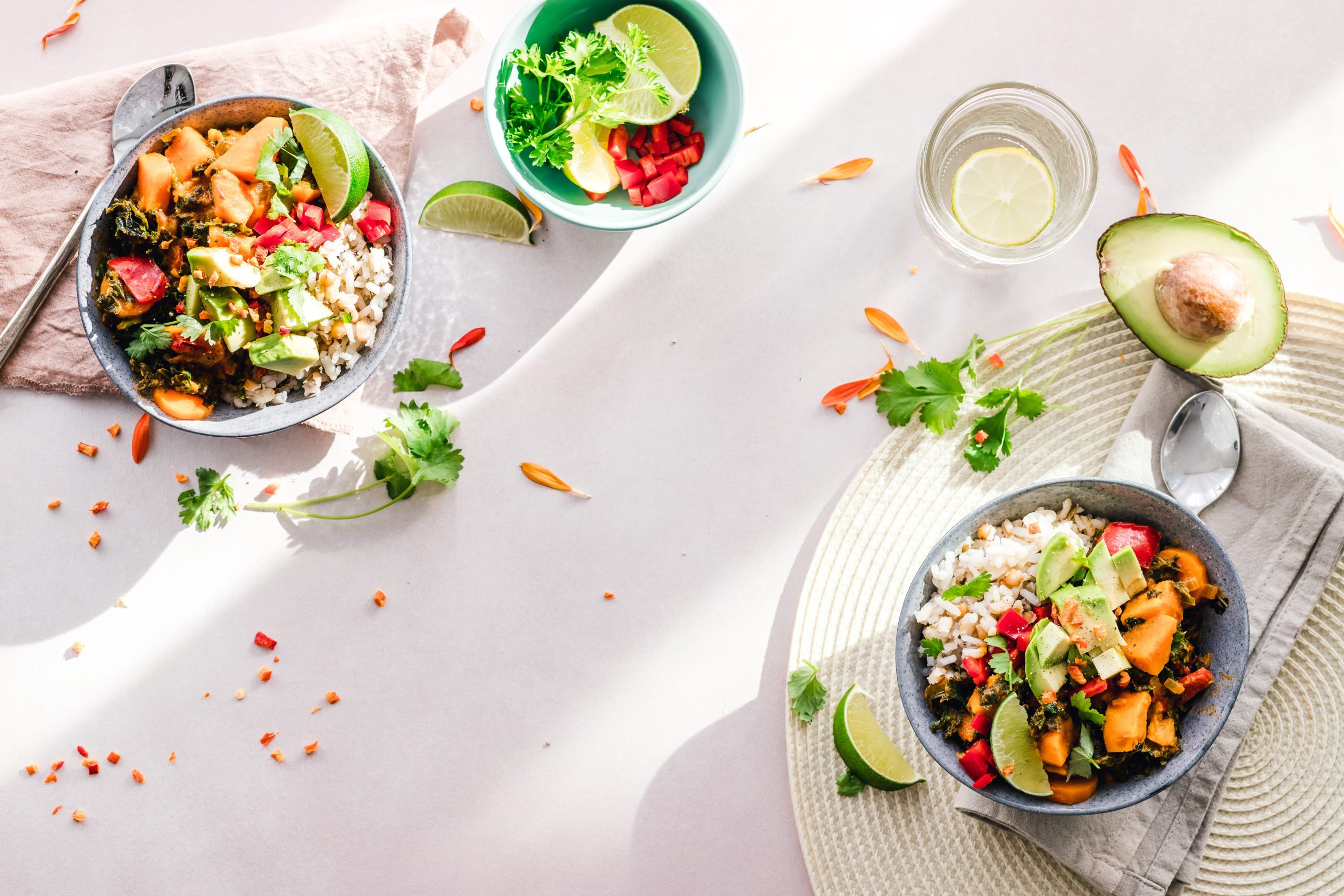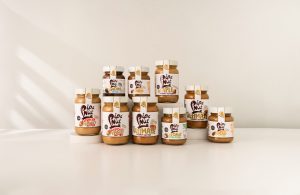At this time of the year, we see a flurry of predictions for Health and Wellness trends, and the foods and ingredients that are likely to become the new coconut/turmeric/matcha.
Since Whole Foods is normally where early adopters (as well the health conscious shoppers) tend to shop, it is a good indication of where the market is bound to be going.
Whole Foods outlined their Top 10 Food Trends predictions at the end of 2020. Not only is it clear that much of the list is influenced by the pandemic, but it is also worth questioning how seriously we need to take most of these trends. Are they trends or phases? Which are worth investing in? Which are not?
Here’s some advice when it comes to evaluating the business opportunity in these trends.
Market size
The conventional way to measure the Total Addressable Market (TAM) is to look at data from market reports (Statista, DataMonitor, Keynote, CB Insights). However, this might be too late if the trend is already being widely reported on. Some product trends build, grow and die very quickly, and if you are trying to capitalize on them, you need to start with the NPD early in the cycle. You need to use earlier indicators such as their digital presence, niche distribution, category seed investment and supply chain demand for component ingredients.
Novelty versus long term growth
Revenue from new products was always higher than revenue from discounted products at Whole Foods (data from food supplements and beauty). Most frequently, that revenue comes from products at full price. Novelty is what us consumers thrive on. We are trained that way. But remember, underlying demographic and socioeconomic factors will contribute to sustain demand longer term, beyond the fashion moment.
So, which of the Top 10 trends will last?
“Wellbeing“
This trend at number 1 is the culmination of several years where supplements and grocery items have merged together. Our concerns around health in the last year has pushed it to the front of minds and at the top of the table. In my view, this is a real long term change that will stay with us for years.
Why?
1 NDP feast. Once New Product Developers discover the supplement sector as inspiration there’s no going back. There is a rich choice of traditional herbs and remedies, and an entire Pharmacopoeia (a legally binding collection of standards and quality specifications for medicines used in a country or region) that can be mined for innovation and marketing. And we continue to see them appearing in drinks and grocery items.
2 Content Marketing. This trend gives exposure to lesser known ingredients, teaches about source & traditional use, which feeds into our need for novelty and curiosity – remember charcoal bread? We are seeing the use of Ayurvedic herbs in drinks and new variations of probiotics. Artisanal practices for fermentation get the spotlight for example. It’s a huge source for content marketing.
3 Added value from a commercial perspective about the added benefits add value, and can help sustain a price premium.
Nonetheless, the main drawback of this trend is that claims are not always sustainable

Claims about ingredient benefits tend to be quite outlandish, and in many cases illegal. This overpromising – especially around immunity – tends to work against the supplement and wellness industry itself, as it undermines consumer trust. But that’s a topic for another post altogether!
In addition, there could be some downsides for our overall health, such as:
1 Medicalising Food – The trend to see “food as medicine” can be counterproductive if we start seeing each plate as a prescription. Some of the joy in food may be lost. Ideally food needs to be nourishment to fulfil the needs of body and spirit.
2 Food Tradition & Culture may suffer. If we start changing recipes to fit our wellness agenda, tradition and craftsmanship may be lost. Do we really want to replace all sugar with ‘agave nectar’?
“The Mighty Chickpea“
This is one trend prediction I’m happy to endorse as it has many components to support its expansion.
1. Builds on plant based movement. This trend is amplifying growth that is already there and is underpinned by macroeconomic factors.
2. Versatility of ingredient. Chickpeas can be dried and have nut-like flavours that fits in many recipes, even as a hidden ingredient. Let’s not forget chickpea aquafaba that is appearing in so many vegan recipes as a replacement for egg whites
3. High nutritional quality. Chickpeas are rich in protein and fibre and packed with phytonutrients 4. Traditionally included in Recipes/ cultures – hummus, falafel, garbanzo dishes
5. Gluten Free
6. Cost effective
As a result of these factors, chickpeas appear in new categories such as tofu, flour, pasta and cereal. Does chickpea have the potential to grow as much as quinoa? Yes! These major benefits mean that the chickpea market is poised to grow healthily despite the current global market scenario
Summary
There is no doubt that novelty feeds the consumer cycle and, to some extent, is unavoidable. The short term revenue generated by novelty needs to be accounted for in the financial model, as sales that taper down quickly or increase spend in marketing, to sustain them longer term or both.
So how do you integrate trendy wellness ingredients? You need to do with integrity.
My recommendation is to align your brand with a sector, geographical, cultural, philosophical, founder’s background, that is relevant to you and stick with it.
At my startup, when we launched a product with Yerba Mate, a South American drink I grew up with, we saw copycats using the ingredient but without any link/ association to it. The same happens with Ayurvedic herbs, people randomly add turmeric for example. But wellness innovation needs a cohesive and long term strategy, especially if you are going to take inspiration from a cultural practice that is not western.
After BLM, we are all more aware of cultural appropriation, and brands need to be sensitive and give credit or share gains where it’s due. Partner with organisations, such as the Union for Ethical Biotrade that can help you navigate the sourcing and formulation. There are some great examples out there, Antipodes in Beauty is one of them with focus on their native New Zealand. Pukka were pioneers to use Ayurvedic elements in teas and supplements in a cohesive way. Juniper Ridge sources fragrance from local plants in California.
Go on, be inspired!

This article was written by Inés Hermida, former Whole Foods Head of Health & Wellness and WeWhoDo consultant. You can check out Inés’ blog here, as well as Macacha.








